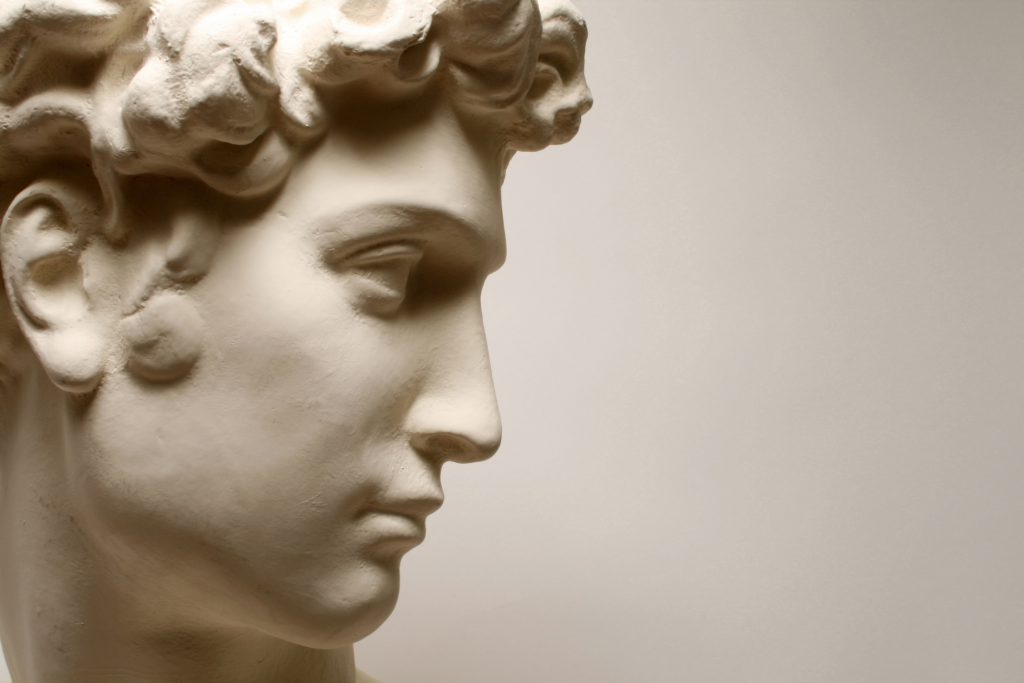Pico de la Mirandola, “Oration on the Dignity of Man”
Pico de la Mirandola, a young Italian aristocrat, is most famous for having written, in 1486 at the age of 23, his now classic “Oration on the Dignity of Man” which quickly became one of the foundational expressions of Renaissance Humanism. Pico’s “Oration” takes a strongly neo-Platonic viewpoint together with the embrace of broader Greek wisdom and the kabbalah, resulting in a perspective far from the usual Catholic Church doctrines. Pico’s volume containing the “Oration” became the first ever printed book banned by the Church and many copies were burned on the orders of the Pope. Pico was imprisoned and sentenced to be hauled before the Inquisition.

The death of Pope Innocent VIII, however, and the installation of his very different successor Alexander VI resulted in Pico’s release. He also benefitted from the strong backing of his powerful sponsor Lorenzo de Medici. In addition, Alexander VI was very interested in what Pico had to say. Along with Plato, Pico’s most important source for his Oration was the Hermetica of Hermes Trismegistus that, on the instructions of Lorenzo, had just been translated from Greek into Latin by the equally pivotal Renaissance Humanist Marsilio Ficino. Ficino was the head of the Florentine Academy created by Cosimo de Medici and modeled after Plato’s Academy of Athens many centuries before.
The Hermetica was believed to be a remarkably ground-breaking re-discovery of the lost wisdom of ancient Egypt. Subsequent analysis revealed it to be actually a Hellenistic-Roman text dating from the early Christian era, though based on earlier Greek and Egyptian sources. Upon its first translation in the 1480s, however, it was seen as an unprecedented treasure trove from thousands of years before. The Hermetica itself along with Pico’s “Oration” contributed greatly to the re-emergence of Platonic and Egyptian philosophy as central currents within emerging Renaissance thought. Pico was also one of the first to attempt to integrate the teachings of kabbalah with Catholic doctrine and the scriptures of Jesus, becoming a founder of the tradition known as “Christian kabbalah.” Pico’s teacher of kabbalah taught that the study and mastery of magic could be the culmination of this quest for ever-deeper understanding.

In his opening paragraph, Pico describes all of “this house, this world we can see” as “a very superb temple of divinity.” Within this emanation of an underlying unity, human beings, he asserts, can be “all that they choose to be”, all that “they will.” Within our own center, he maintains, we can even become “one in spirit with God.” In Pico’s view, we all have the potential to evolve beyond believing we are mere animals and become aware of ourselves instead as “divinity clothed in human flesh.” He echoes the mystical faith that dates back to long before him and, in doing so, directly opposes the Catholic doctrine of “original sin.”
Such mystical affirmations had, over the past centuries sent hundreds, perhaps thousands, of “heretics” to being burned at the stake. With the dawning of the Renaissance, however, the potential appeared it might be opening for such long-suppressed views to be expressed once again. The light of truth about the actual nature and possibilities of human beings might finally be able to penetrate into the intellectual and spiritual imprisonment long imposed by the Church. Human beings, Pico hoped, were at last again becoming free to discover who and what we truly are inside.
To reach there, he wrote, we needed to, “wash off the filth of ignorance and vice and to purge the soul.” If successful in this inner cleansing, Pico affirmed, “our soul…could become the house of God.” Ultimately, we could attain the place where “all individual human minds” merge and “become absolutely one” in union with the mind of God. Even though we inhabit mortal bodies, our souls had the potential to attain immortality.
He encouraged his readers not to fear the path of magic that, in its most profound form, could reflect and embody this “perfect and highest wisdom.” Like Giordano Bruno a century later and myriad other “illumined” mystics, Pico put himself out on a dangerous, potentially deadly, limb with these “heretical” teachings. Fortunately, however, in the shifting culture of the late 15th century, his “Oration” was widely read and a growing number, their minds gradually opening, were inspired by what he had to say.
Next: The Vatican Heresy